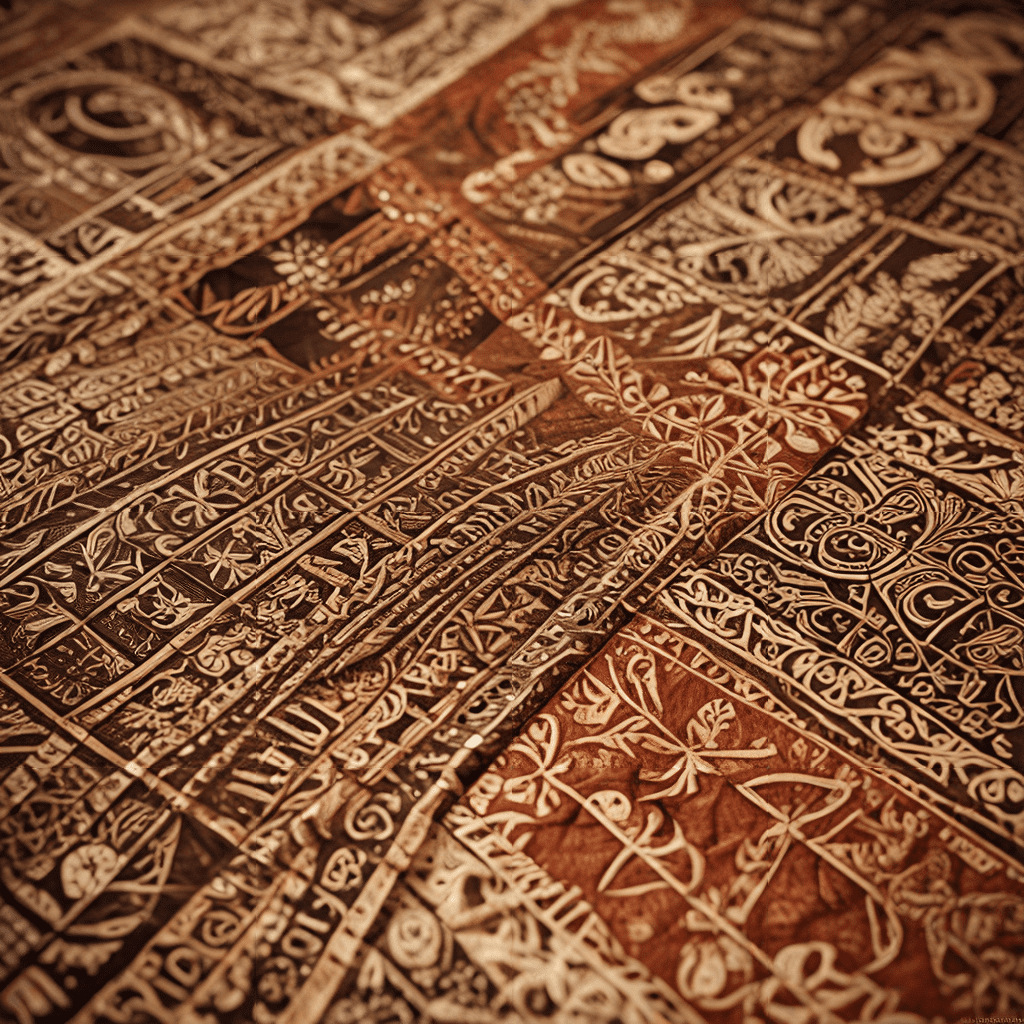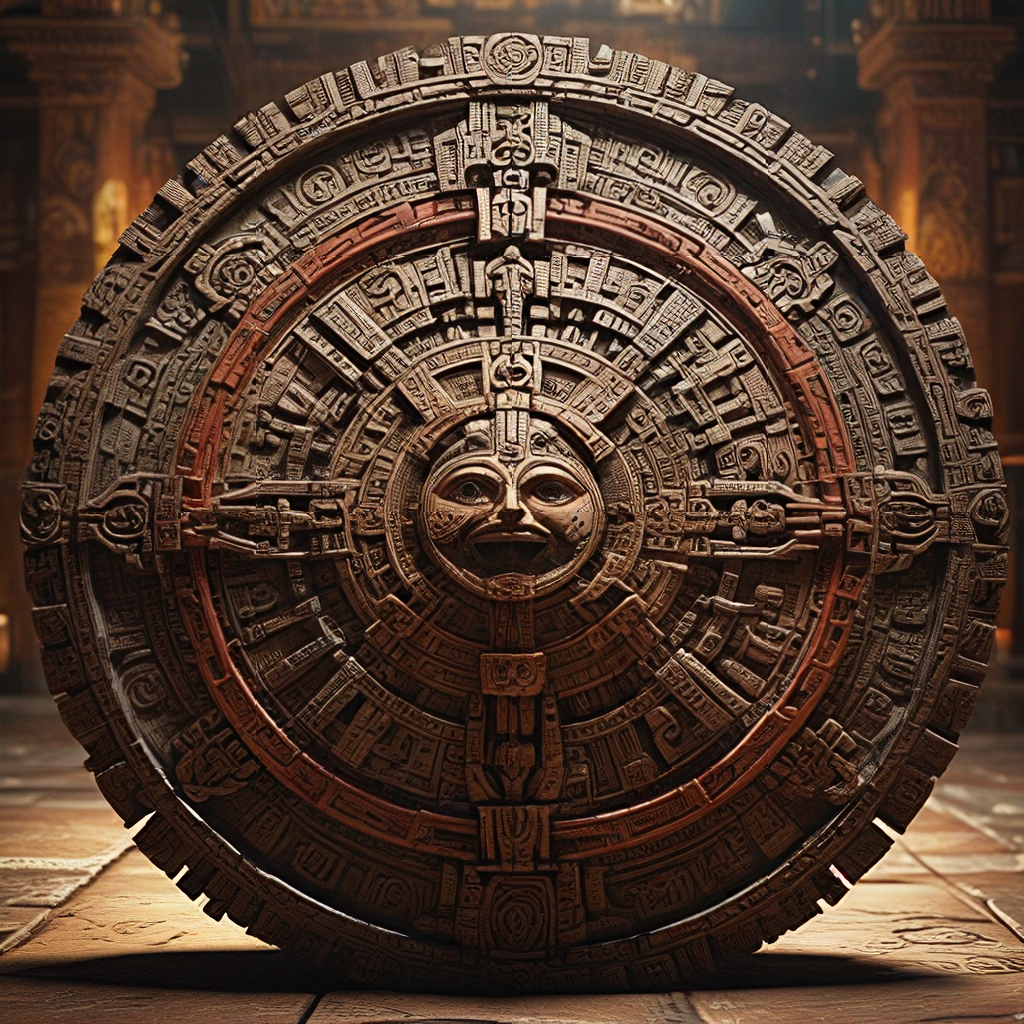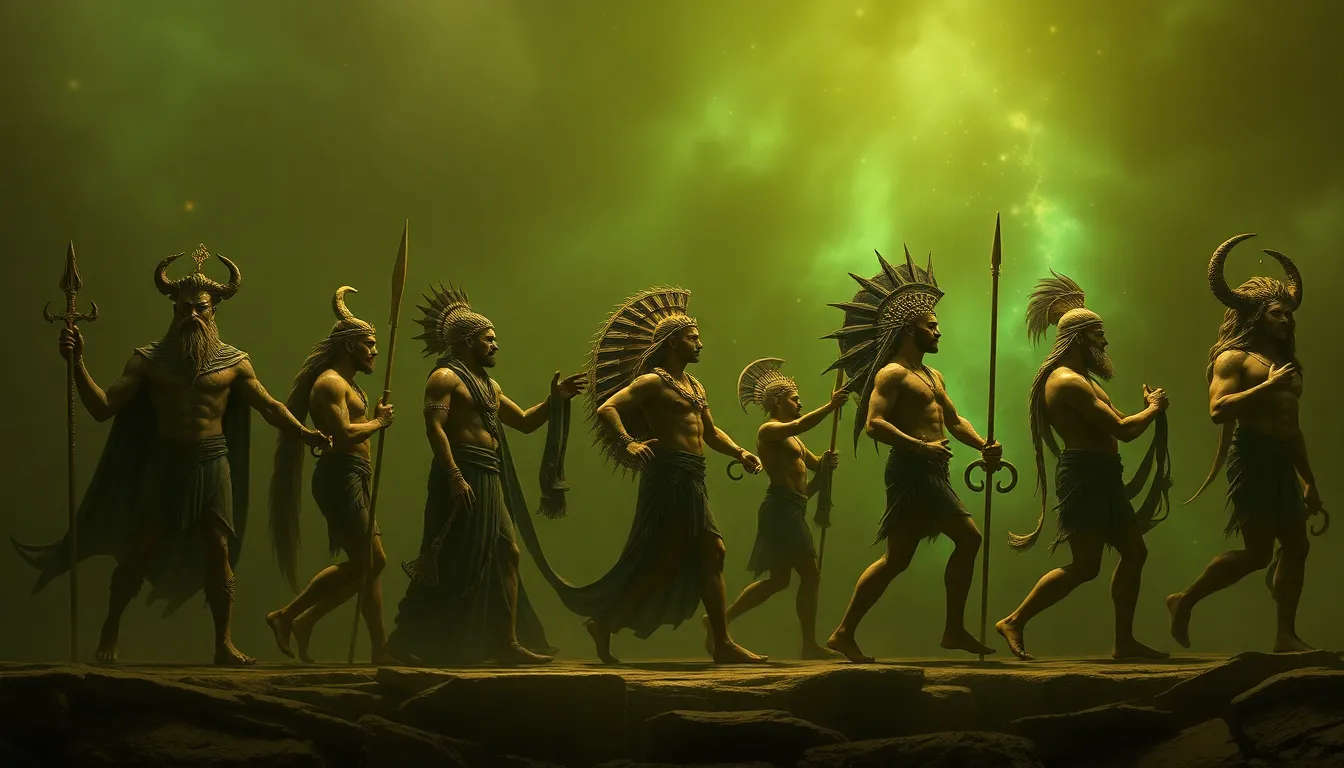The Importance of Tapa Cloth in Hawaiian Culture
Tapa cloth, also known as kapa, holds a profound significance in Hawaiian culture, serving as a vital part of everyday life and sacred practices. Beyond its utilitarian function as clothing, bedding, and household items, tapa embodies a deep connection to the land, the gods, and the lineage of the Hawaiian people. Its creation and use are intertwined with ancient traditions and beliefs, passed down through generations. Made from the bark of the paper mulberry tree (Broussonetia papyrifera), kapa's production was a labor-intensive process, requiring the skill and knowledge of women. Harvesting the bark, pounding it into thin sheets, and then decorating it with intricate designs were all part of this meticulous craft. This process was a communal activity, bringing women together to share knowledge and stories. The tapa itself was a tangible representation of their collective work and artistry.
Tapas as a Representation of the Gods
The creation of kapa was often imbued with spiritual significance, connecting the process to the gods and the natural world. The paper mulberry tree itself was seen as a sacred plant, representing the life force of the goddess Hāloa, who was associated with fertility and the earth. As the women worked to create kapa, they would chant and pray, seeking the blessings of the gods to ensure a successful harvest and a high-quality product. The final product, with its intricate patterns and colors, often reflected the characteristics and stories of the different gods. For example, the god Lono, associated with agriculture and prosperity, was often represented in kapa designs featuring the patterns of growing crops. The god Ku, associated with strength and war, might be symbolized by geometric patterns that resembled the weapons of war.
The Role of Tapa Cloth in Rituals and Ceremonies
Tapa played a crucial role in religious rituals and ceremonies, serving as a visual representation of the sacred and the divine. During ceremonies and festivals, tapa was used to decorate the temples and shrines, creating an atmosphere of reverence and awe. It was also used to adorn the bodies of priests and chiefs, symbolizing their authority and connection to the gods. Specific types of tapa were often associated with particular rituals. For example, the "kapa malo", a long rectangular piece of tapa, was worn as a ceremonial garment by chiefs and priests during important events. The "kapa ʻahu", a cloak made of tapa, was often worn by priests during religious ceremonies to enhance their connection to the gods.
Tapa as a Symbol of Lineage and Ancestry
Beyond its religious and spiritual significance, kapa also served as a symbol of lineage and ancestry. Each family and clan had their own distinctive designs and patterns that were passed down through generations, creating a visual record of their history and identity. These patterns often incorporated the family crest, known as "kapa ʻāina", which was a symbol of their land and their ancestors. The creation of kapa was seen as a way to honor their ancestors and to perpetuate their legacy. By learning and carrying on the tradition of kapa-making, children and grandchildren affirmed their connection to their lineage and their heritage. The use of tapa in clothing and household items served as a constant reminder of their ancestry and their place within the community.
The Use of Tapa Cloth in Storytelling
Tapa was not only a visual representation of tradition and history but also a medium for storytelling. The intricate patterns woven into the fabric often depicted stories, myths, and legends passed down through generations. Each pattern held meaning and significance, conveying tales of gods, heroes, and the history of the Hawaiian people. These stories were often woven into the fabric using natural dyes and pigments, each color holding its own symbolism. For example, the color "ʻulaʻula" (red) represented power and bravery, while the color "ʻōmaʻo" (green) symbolized peace and prosperity. By creating these elaborate patterns, kapa makers were able to share their knowledge and stories with others, ensuring that their cultural heritage would be preserved for future generations.
The Connection Between Tapa and the Hawaiian Creation Myth
The creation of kapa is deeply intertwined with the Hawaiian creation myth, known as the "Kumulipo". This epic chant tells the story of the birth of the universe, the formation of the islands, and the emergence of the Hawaiian people. In the Kumulipo, the goddess Hāloa, associated with the paper mulberry tree, is a pivotal figure. She is believed to have given birth to the first humans, who then used the bark of the paper mulberry tree to create kapa, symbolizing the interconnectedness of nature, the gods, and the people. The "Kumulipo" also describes the process of creating kapa, weaving it into the narrative of creation, further emphasizing its deep cultural significance.
The Symbolism of Colors and Patterns in Tapa Cloth
The colors and patterns used in kapa are not merely decorative; they hold rich symbolic meanings that reflect Hawaiian beliefs and values. The most commonly used colors were derived from natural sources, like the ʻulaʻula (red) from ʻōhiʻa lehua flowers, the ʻōmaʻo (green) from ʻōhiʻa lehua leaves, and the ʻeleʻele (black) from charcoal. The patterns themselves were often geometric, representing the structure of the universe or the natural world. The "kapa malo" (ceremonial garment) often featured intricate designs that were specific to the wearer's social status and lineage. For example, the "kapa pūpū", adorned with seashell patterns, was reserved for chiefs and high-ranking individuals.
The Theory of Tapa as a Visual Language
Tapa is more than just fabric; it's a visual language that communicates complex ideas and narratives. The intricate patterns, colors, and symbols used in kapa are a form of visual storytelling, conveying messages about history, mythology, genealogy, and cultural values. The designs themselves are often layered with meaning, incorporating symbolism from the natural world, the gods, and the stories of the Hawaiian people. This visual language contributed to a shared understanding of knowledge and culture within the Hawaiian community, allowing stories and traditions to be passed down through generations. The use of kapa in rituals and ceremonies further reinforced its role as a powerful communication tool, solidifying its importance as a fundamental element of Hawaiian cultural expression.
The Significance of Tapa as a Form of Indigenous Identity
Tapa is a powerful symbol of indigenous identity, embodying the creativity, resilience, and cultural heritage of the Hawaiian people. The intricate process of creating kapa, from harvesting the bark to weaving the patterns, demonstrates the skill and knowledge passed down through generations. The patterns and symbols embedded within each piece of kapa are a visual testament to the rich storytelling traditions and cultural values of the Hawaiian people. The use of kapa in clothing, rituals, and household items serves as a constant reminder of their cultural heritage and their connection to their ancestors.
The Evolution of Tapa Cloth in Contemporary Hawaiian Society
Today, kapa continues to hold great cultural significance in contemporary Hawaiian society. While its traditional uses in everyday life have evolved, kapa remains a vital element of Hawaiian cultural expression and identity. It is often used in contemporary arts and crafts, showcasing the beauty and artistry of the tradition. Modern Hawaiian artists have incorporated kapa into their work, reinterpreting traditional designs and techniques while exploring new possibilities. Tapa is also used in educational settings, where it serves as a tool for teaching Hawaiian history, culture, and traditions. Through these efforts, kapa continues to be a thread that connects the past and present, ensuring that the legacy of this ancient art form lives on.
FAQ
Q: What is the difference between tapa and kapa?
A: Tapa and kapa are the same thing. Tapa is the English term, while kapa is the Hawaiian word.
Q: Who created kapa?
A: Kapa was traditionally created by women in Hawaii. The process involved harvesting the bark of the paper mulberry tree, pounding it into thin sheets, and then decorating it with intricate designs.
Q: What kind of patterns are found on kapa?
**A: ** Kapa patterns can vary widely, but they often feature geometric shapes, abstract designs, and representations of flora, fauna, and the natural world.
Q: What is the significance of kapa in Hawaiian culture?
A: Kapa is an important symbol of Hawaiian culture, representing their history, mythology, ancestry, and creativity. It was used for clothing, bedding, rituals, and storytelling.
Q: Is kapa still made today?
A: Yes, kapa is still being made today by Hawaiian artists and artisans. The tradition is being passed down through generations, ensuring that this ancient art form continues to thrive.
Q: Where can I learn more about kapa?
A: You can learn more about kapa by visiting museums, cultural centers, and websites dedicated to Hawaiian art and culture. You can also attend workshops and classes to learn about the traditional methods of kapa-making.



